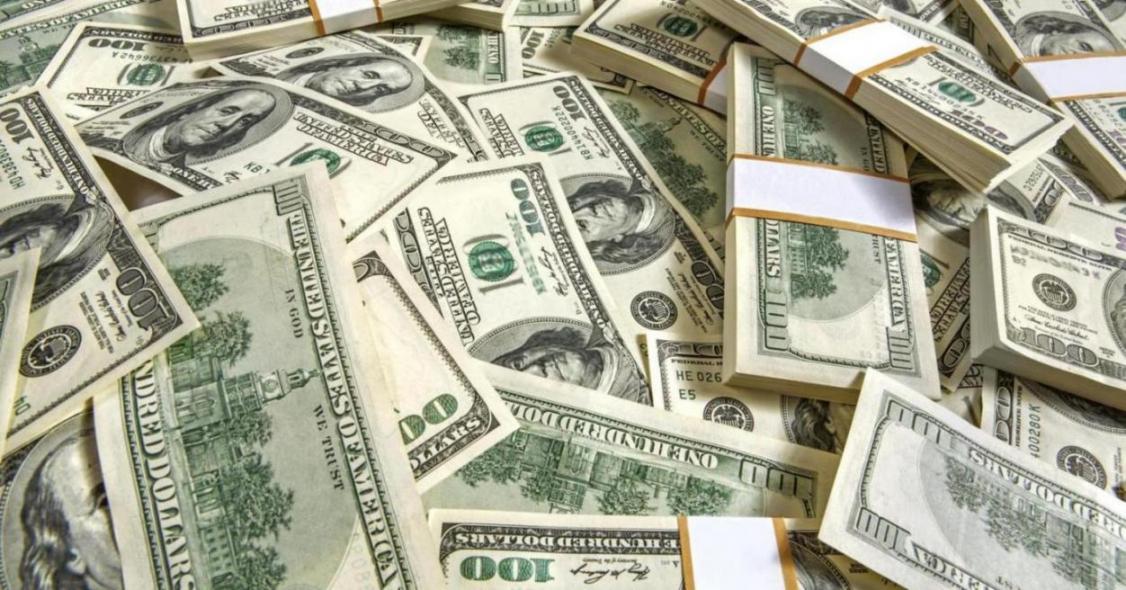The government has projected its foreign exchange rate in the 2016-17 budget at a lower-than-expected rate. ISNA quoted an unnamed official on Friday as saying that the greenback's exchange rate for the next budget year would be 31,000 rials. This exchange rate, the official said, should generate $ 22billion for the government in oil revenues.
If true, the rate would be 2,500 rials higher than this year's rate and 1,050 rials more than the current official rate for the currency.
The news comes as the greenback is in the midst of a rally unseen since 2013 when President Hassan Rouhani took office. His presidency, many market observers hoped, would mark an end to volatilities in the foreign exchange market which rattled nerves in 2011-2012. But this week, king dollar crossed the Rubicon and was traded at 35,000 rials on Ferdowsi Street – the center of currency trading in Tehran.
Dollar Bull Market: Tumult or Twist
Recent gyrations in the forex market, albeit unsettling for small-time dealers has had big-time traders laugh all the way to the bank. Chances are that when you approach currency dealers these days and inquire about market fluctuations, you are likely to get a temper tantrum.
However, exchange dealers will almost always aim their fury at the government whom they blame for the greenback's unexpected rally. But the government intervention goes beyond its heavy-handed approach in dealing with unregistered bureaux de change, they claim.
They claim that they "detect a systematic push" by the administration to devalue the rial to boost its revenues. "Everyone knows the hands of the government and the central bank are at work here," a forex dealer told a local newspaper on Thursday.
The allegations—raised mostly by news outlets critical of the government, have elicited a flurry of responses by senior government officials. The Economy Minister Ali Tayyebnia was the first to comment by saying that forex market volatility is only temporary and the dust would soon settle. He later fired back at truthers by declaring that foreign exchange rates are not a source of income for the government and that the administration will get by "without a budget deficit."
Governor of the Central Bank of Iran, Valiollah Seif also stood his ground saying the market had regained stability. The rial had in fact regained some lost ground against the greenback later in the week. At Thursdays' close, the dollar was sold 33,850 rials, slightly down from the previous day's 33,930 rials.
From "Jamshid Besmellah" to "Uncle Banker"
The government's rocky relationship with the foreign exchange market has a long history. For long, governments dominated the forex market due to huge oil windfalls. Whenever oil prices fell, the government resorted to depreciating the national currency to help cushion losses. The recent rise of the greenback fueled such speculations.
Back in 2012, at the height of the forex market volatility, former vice president Mohamad Reza Rahimi blamed “Jamshid Besmellah'' – a hitherto unknown Ferdowsi St. currency dealer -- for manipulating foreign currency rates.
Many dismissed the charge as ludicrous and the currency dealer was later released without being charged.
Now a new generation of bankers has descended on the market, selling suitcases full of dollars at their offered rate. According to one foreign exchange dealer, every morning each bank dispatches as many as four agents to the market. These bankers—aka uncle banker – change up to $50 million of the US currency into rials and then "disappear".
Some view uncle banker as the bogeyman behind the market volatility. Others blame factors like the increasing demand for forex for foreign travellers some of whom make handsome profits by selling dollars in war-ravaged Iraq.


